According to the company’s website, had Cape Wind been in operation during the period of debate, the project would have generated over 12 million cumulative megawatt (MW) hours and offset over 6 million tons of carbon emissions. Opponents say the project would harm the environment, be costly to consumers, and hurt tourism.
This year, the project is closer to reality. Secretary of the Interior Ken Salazar signed a 28-year lease for Cape Wind, in October. The following month, the Massachusetts Department of Public Utilities (DPU) approved a contract that allows British company National Grid, which owns several utilities in the Northeast, to buy the energy produced by Cape Wind and its renewable energy credits. The deal calls for an initial price of 18.7 cents per kilowatt-hour.
Cape Wind President Jim Gordon said in a press release, “Massachusetts is now in a position to become a global leader in offshore wind power creating thousands of new jobs and a more secure, hopeful energy future. Today’s approval validates that Cape Wind is a good value delivering clean energy without all of the associated costs of fossil fuels. This long-term contract not only secures an abundant, inexhaustible clean energy resource but [also] protects consumers from rising fossil fuel and environmental compliance costs.”
Proponents of the project say that the wind farm will provide 75 percent of Cape Cod’s electricity, reduce carbon emissions, and produce new year-round jobs. Those against the project say that it may hurt the biological diversity of the area. They also argue that the cost of energy per kilowatt-hour may go up.
According to The Alliance to Protect Nantucket Sound, the main opponent of the project, a study conducted by the Beacon Hill Institute estimated that tourist spending would drop by $ 57 to $123 million. The study projected that property values would decline by $1.53 billion if the wind farm were built.
In a response to the DPU deciding to approve the contract with Cape Wind and National Grid, Audra Parker, CEO of The Alliance to Protect Nantucket Sound, said, “By rubber stamping a back-room, no-bid deal that violates the state’s own safeguards for competitively bid contracts and price effectiveness, the DPU has created a dangerous precedent. With a looming $2 billion electricity tax as a result, the economic viability of the Commonwealth is at stake.”
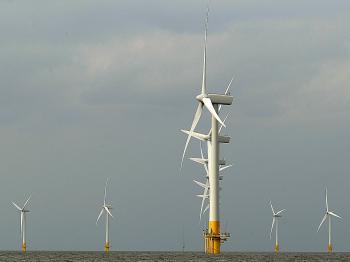
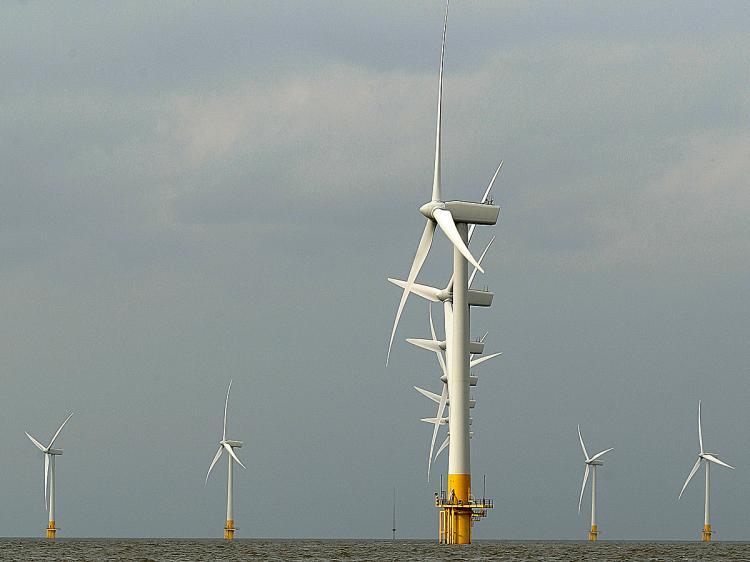
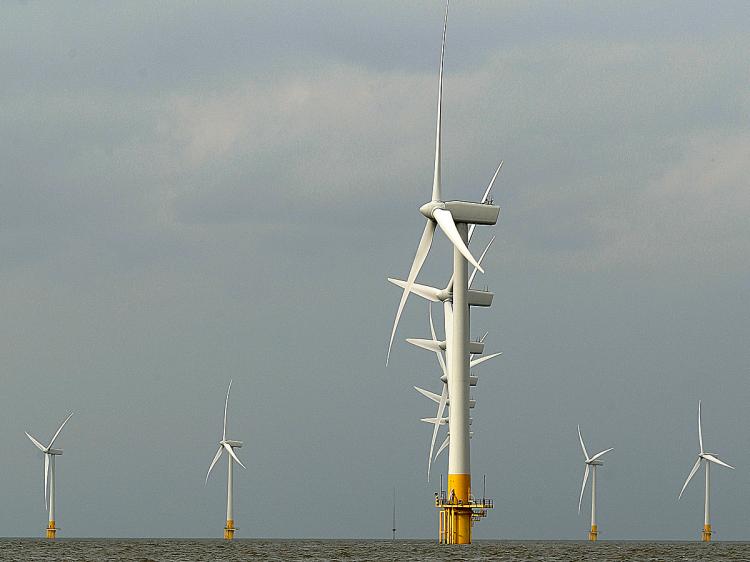


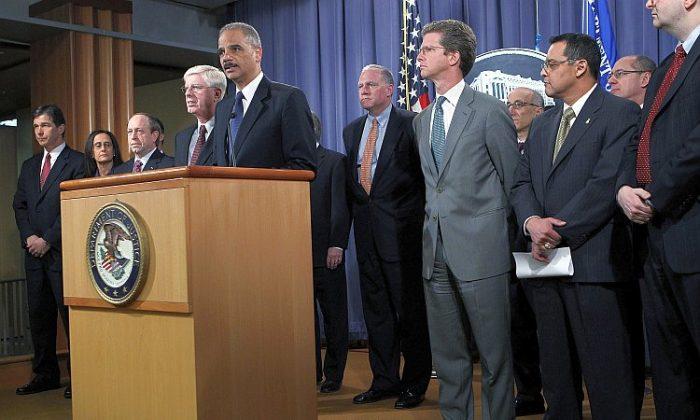
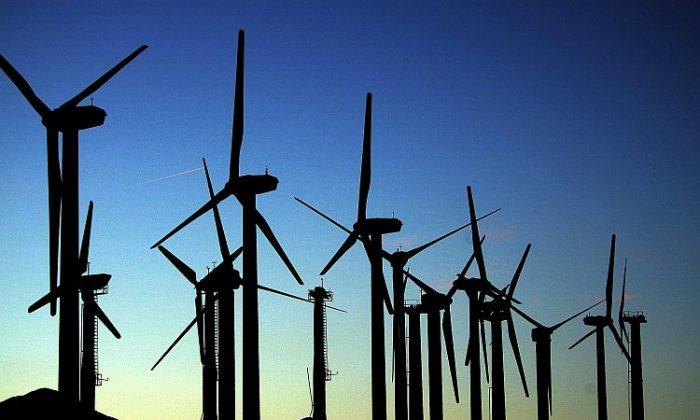
Friends Read Free